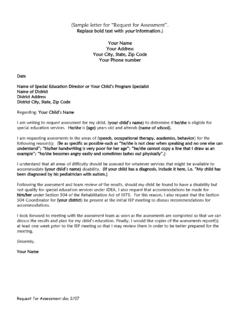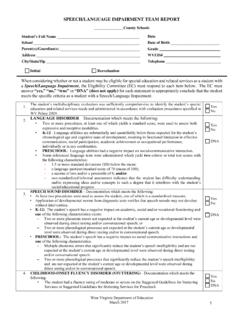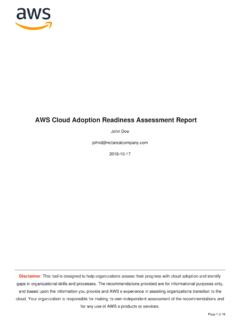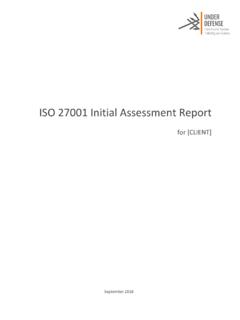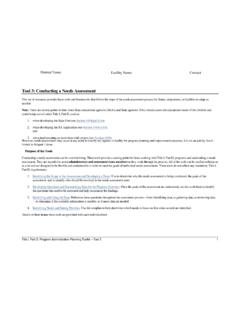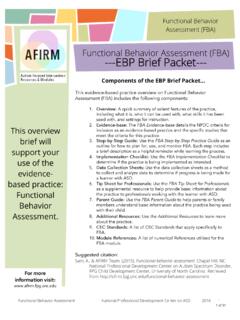Transcription of The Four Phases of an Internal Audit - Onrec
1 Regular audits are key to improving business performance in all industries and can facilitate the achievement of many other goals that a particular organisation may have in their sights. One of the main reasons that audits should be carried out on a regular basis is to ensure that corporate quality management systems are ISO. 9001 compliant. In fact, the audits themselves are a requirement of this international QMS standard, which means external audits must be carried out annually. It is a good idea to hold Internal audits on a more frequent basis, to make sure that standards are maintained in between the external audits. The Four Phases of an Internal Audit There are four main Phases to an Internal Audit : Preparation, Performance, Reporting, and Follow Up. The first two of these Phases can be broken down into a series of smaller steps. PREPARATION PERFORMANCE. REPORTING FOLLOW UP.
2 PHASE 1 PREPARATION. Preparing for an Audit involves six key steps: 1 2 3. NOTIFICATION team SELECTION GATHERING OF. Notifying the auditee and Selecting team members and DOCUMENTATION. discussing the scope, objectives, appointing a lead auditor. Gathering all relevant Audit criteria, and methods of the documentation for review, in order impending Audit . to fully understand the activities and processes to be performed. 4 5 6. CREATE A TIMETABLE CREATE AN Audit PLAN CREATE A CHECKLIST. Create an efficient Audit timetable. Create a practical Audit plan if Put together a checklist for the required. subsequent performance phase. PHASE 2 PERFORMANCE. For the performance of the Audit , there are four steps that need to be taken including an opening meeting, conducting Audit , an Audit team meeting and ending in a closing meeting. AN OPENING MEETING CONDUCTING AN Audit . Before the Audit starts in The Audit is performed with the earnest, the team should be help of a checklist that includes key introduced to the lead auditor, factors such as questioning, primary objectives discussed, listening, observing, and recording and overall expectations agreed skills.
3 Upon. Audit team MEETING CLOSING MEETING. Findings are evaluated during this An attendance list is created, after meeting, all relevant concerns which key topics and questions discussed, solutions to any problems relating to the Audit are discussed. proposed, and any departure from Finally, a summary of the Audit is approved procedure documented. presented and the auditor is thanked Audit findings will also cover for their cooperation and assistance. determined controls, documented requirements, and achievements of required outputs for the customers of the process. PHASE 3 Audit REPORTING. Several days after the Audit completion, a report is finalised, signed by the auditor, and presented to the auditee. The report will include a summary sheet with the Audit number, objectives, name of auditor, list of nonconformities and any relevant observations. PHASE 4 FOLLOW UP. Follow up audits are required to ascertain whether the auditee has taken appropriate action to rectify any nonconformities that were identified during the main Audit .
4 These follow up audits should of course be prepared, performed, and reported along the same lines as the original Audit , to ensure their effectiveness. 0333 123 9001.
